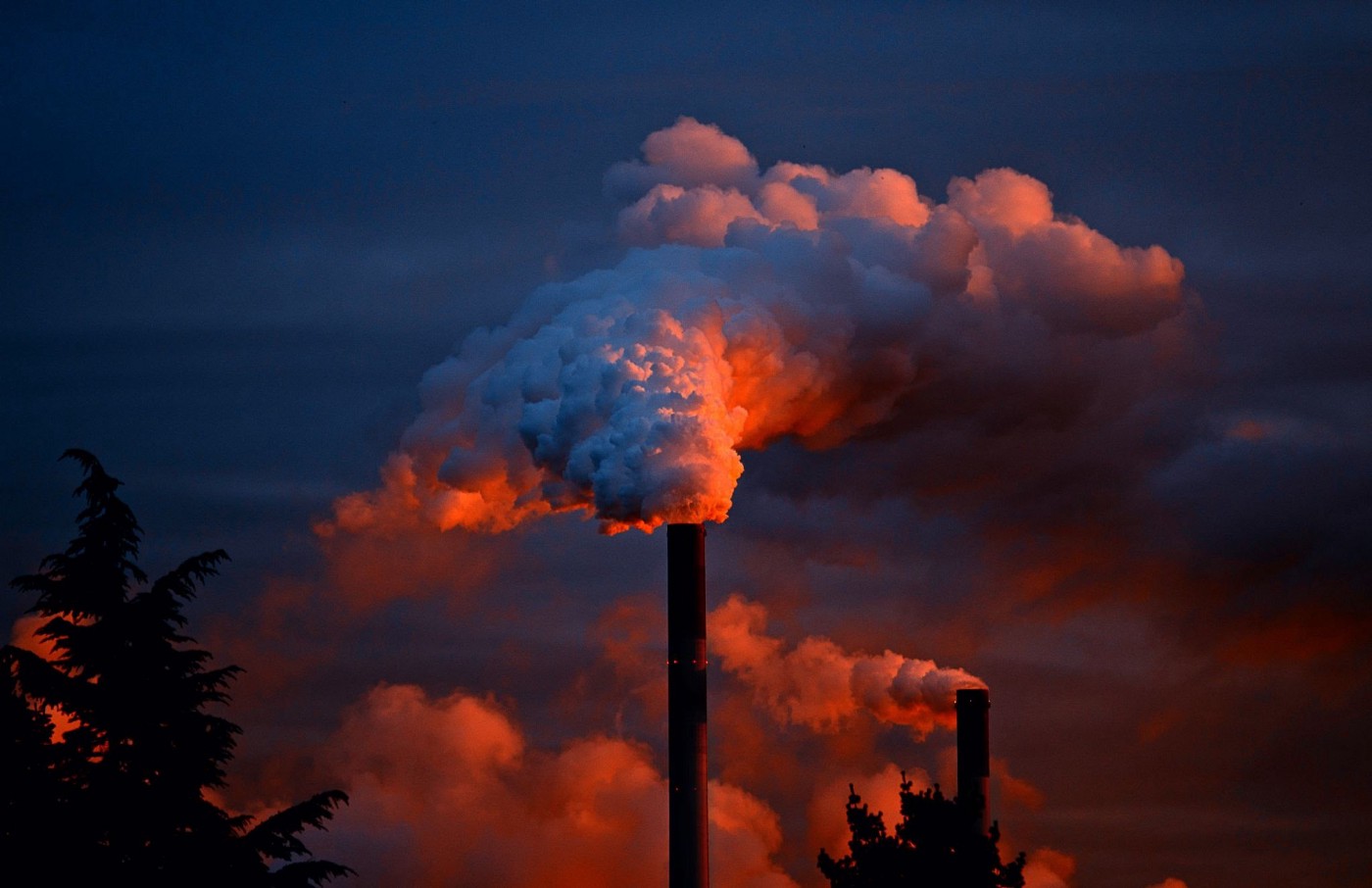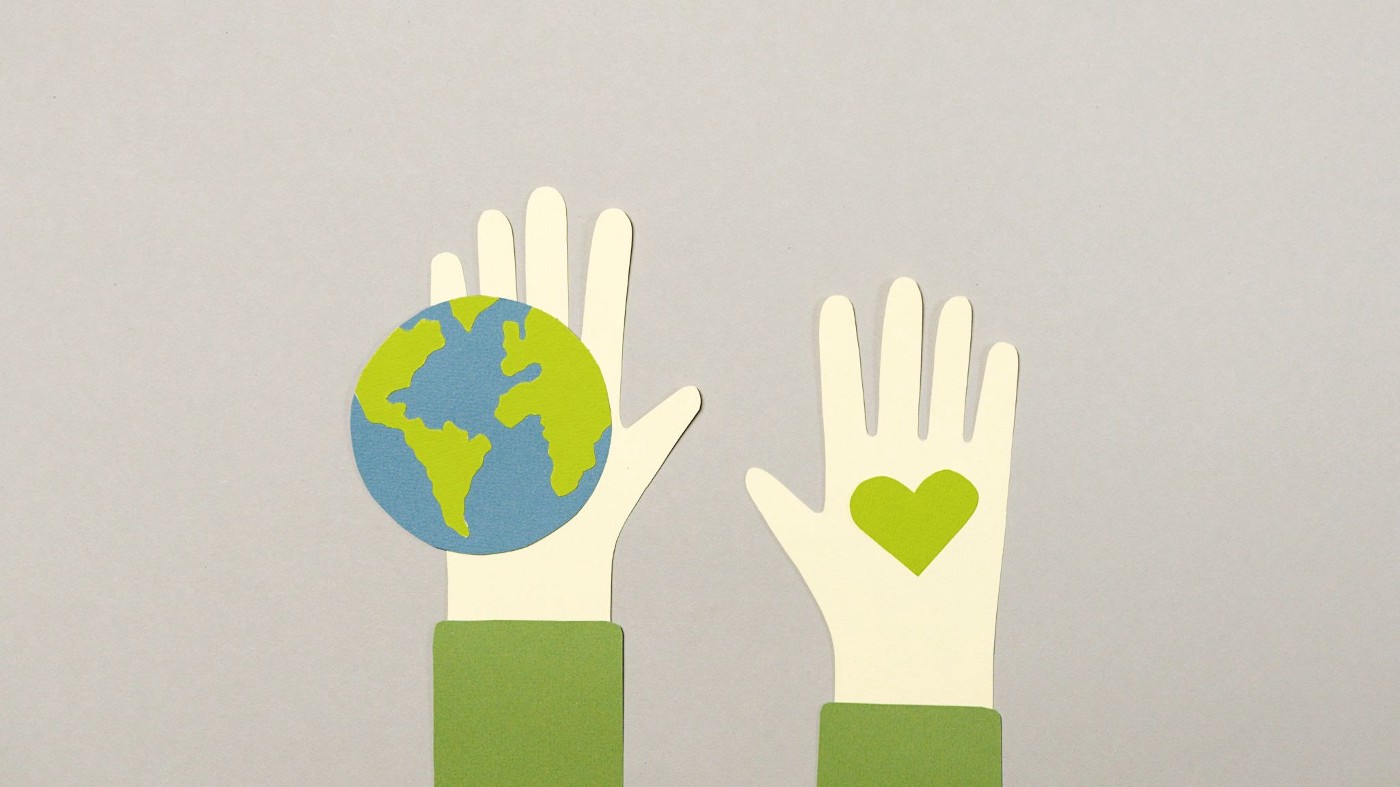-
Are we prepared for Climate Change & Its consequences?

Let’s assume climate change is not real. Glaciers aren’t melting, temperature isn’t rising, storms aren’t coming! Would you believe this to be true?
You would until we throw some facts at you. There is a reason why we are so obsessed with climate change! But first, let us make sure you know the meaning of the jargon we are talking about.
What is climate change, you ask?
Climate change is the shift in the average weather of a region over a long period of time. Global warming, a part of climate change, is the heating of Earth’s climate system for a long duration.
Earth is round or flat has always been a point of discussion but if climate change keeps on with the rapid pace, we are surely going to fall flat.
According to the UN’s Intergovernmental Panel on Climate Change (IPCC) report, Earth is warmer than it’s been in 125,000 years. A fact, huh. There are more, read on.
But do you know who is responsible for all of this? Yes, pat yourself, it’s all of us!
What causes climate change?
Climate change is a product of natural and human processes but this see-saw is heavily weighted on the human side. Human activities such as burning of coal, oil and gas, cutting down forests (deforestation) and more are contributing to the rise in carbon dioxide (CO₂) and other greenhouse gases into the atmosphere ultimately resulting in the change of the earth’s climate.
Natural processes, such as volcanic eruptions and changes in the sun’s energy, also have the potential to change the earth’s climate. But, according to a research, these processes have not contributed to the warming that we have observed over the last century.

Human Causes:
- Greenhouse Gases- Carbon Dioxide, Methane, Nitrous Oxide, and fluorinated gases largely impact the climate. These gases are majorly produced due to:
- Burning coal, oil and gas
- Cutting down forests (deforestation)
- Increasing livestock farming (Methane is released by animals during digestion)
- Fertilisers containing nitrogen
- Equipment and products emitting fluorinated gases
- Earth’s Reflectivity- Agriculture, road construction, etc. can change the reflectivity of the earth’s surface, causing local warming or cooling. This is also a result of natural sources such as melting of sea ice causing more absorption of sunlight.
Natural Causes:
- Earth’s Orbit and Rotation- Changes in the earth’s orbit and its axis of rotation were a major cause that led to long periods of cold temperatures (ice ages) and shorter interglacial periods (periods between ice ages) of relatively warmer temperatures.
- Naturally Occurring Carbon Dioxide- The heating or cooling of the earth’s surface and oceans can cause changes in the natural sources and sinks of carbon dioxide and therefore, more greenhouse gases in the atmosphere.
- Volcanic Activity- Volcanic eruptions can release large quantities of carbon dioxide in the distant past in the atmosphere.
How is climate change impacting the world?
- Developing Countries: Poor developing countries are at the maximum risk of changing weather conditions. People living there have the least resources to deal with the adverse climate.
- Ocean: Carbon dioxide emitted by the humans in the atmosphere causes the oceans to absorb more of it, resulting in ocean acidification. Since the beginning of the Industrial Revolution, there has been an increase of about 30% in the acidity of surface ocean waters, which is impacting ocean species in varying degrees.
- People: The livelihoods will get severely affected because of climate change. There will be water shortages and food scarcity. Some regions would become too hot and therefore, uninhabitable. Therefore, health is going to be of major concern. Number of heat-related deaths are on the rise and water-borne illnesses are going to impact humans differently than ever.
- Sea Level: Polar ice sheets and glaciers are melting fast due to global warming, causing sea levels to rise. This will result in flooding and erosion of coastal and low lying areas.
- Society and Economy: Damage to property and infrastructure and to human health due to floods and other disasters imposes heavy costs on the economy. Besides, sectors that rely strongly on certain weather conditions such as farming, tourism, etc. are adversely affected.
- Weather: Storm here, floods there, heat waves everywhere! All these extreme weather conditions will become too common, degrading water quality and leading to water scarcity. Temperature increase of 1.5C has been set as the “safe” limit for global warming by scientists but the pace we are at, it is going to be difficult to be in the safe limit.
- Wildlife: Many flora and fauna species are on the verge of getting extinct. Polar bears are disappearing because of melting ice, tropical coral reefs may disappear as oceans become more acidic and there are others as well. Wildfires are more likely to happen causing the species to move to new locations with some species even losing their lives.
What is climate feedback?
Climate feedbacks are natural processes that respond to global warming by amplifying (positive feedbacks) or diminishing (negative feedbacks) change in the climate system.
One example of a positive feedback is what water vapour leads to. As the earth gets warmer, the evaporation rate and the amount of water vapour in the air increase. And since water vapour is a greenhouse gas, this amplifies the warming.
How is the government helping?
Some countries are aiming to get the greenhouse-gas emissions to “net zero” by about the middle of this century through planting trees, tackling how energy is produced and consumed, and other processes.
India is the world’s 3rd biggest carbon emitter after China and the US and under the 2015 Paris climate agreement, it aims to reduce its carbon footprint by 33–35% from 2005 levels by 2030. Also, it targets to produce 40% of its power from non-fossil fuel sources by 2030.
Enough! How can we help?
Every effort counts! Knowing about climate change isn’t enough, we all need to take action or the reaction will not be in our favour. A few things you can do to help the world tackle climate change:

Photo by Artem Podrez
- Avoid traveling by cars and use public transport or cycles
- Bring down water waste
- Eat less meat and dairy
- Invest in energy-efficient appliances
- Minimise waste by avoiding single-use items and buy only what you need
- Power your home with renewable energy
- Reduce your energy use, and bills
- Respect, protect and contribute to green spaces
- Take fewer flights
A revolution always starts with a few people, be those few people and lead the change. It’s time to be the solution, it’s time to shape the future.
Author
Get In Touch September 05, 2021
Shubham Garg
